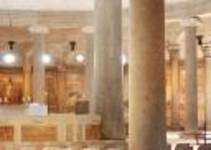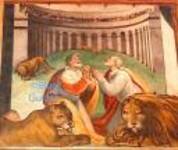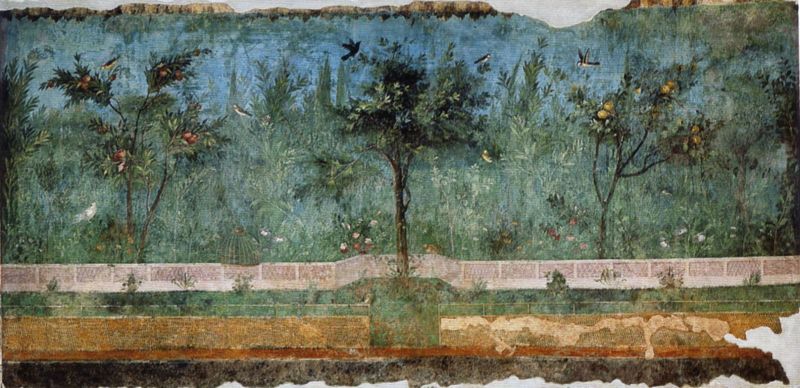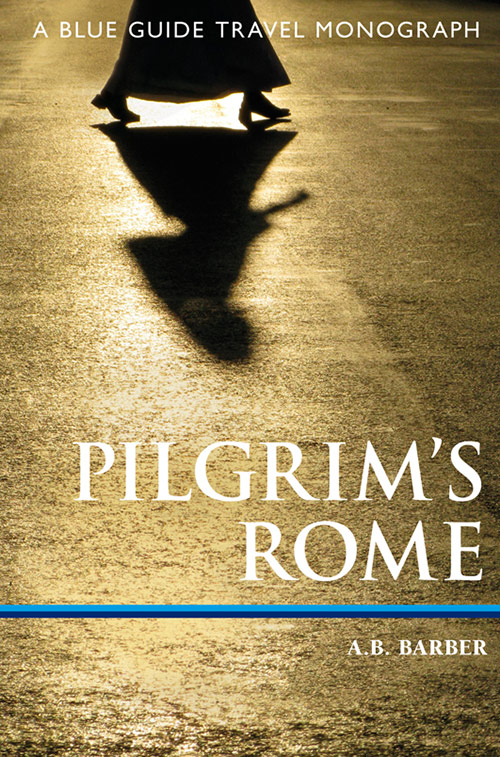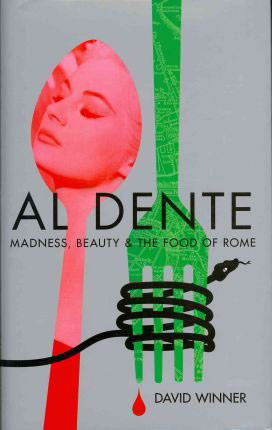The religions practised in the later Roman empire were many and various. There was the official state cult, of course, centred around the great triad of Jupiter, Juno and Minerva. But many other cults from different parts of the empire also flourished. There were the Egyptian religions, for example those of Serapis and Isis. There was the cult of Cybele, the Great Mother, which originated in Asia Minor. There were Jewish communities of traders and merchants. And there were Christians.
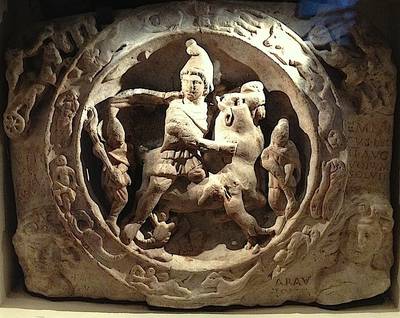
The cult which most resembled Christianity and which appears to have represented a serious challenge to it, was that of Mithras, which traces its origins to Persia. Like the cult of Isis and also that of Jesus Christ, Mithraism was a “mystery” religion, in other words a faith that is concerned primarily with a realm that transcends the worldly sphere and which seeks to show initiates how to attain admittance to it. Mystery cults focus on truths that are inexplicable by man’s experience or understanding, and promise some kind of redemption or rebirth. Mithraism was particularly concerned with ideas of enlightenment, of moving from a realm of darkness to a relam of light. Some 500 sanctuaries are known, 35 of them in Rome itself, and 18 in its port city of Ostia. They were always underground, in the basements of buildings or in caves. At the eastern end of the sanctuary, the god was shown with attendant deities with torches. This represented the light towards which members were moving. Mithraism was especially popular among soldiers, which is why we find Mithraea in far-flung outposts such as Londinium in Britannia and Aquincum in Pannonia. Slaves and ex-slaves were also attracted to the cult, although women were excluded from it. One of the cult’s attractions was its graded hierarchy. Initiates moved upwards through a series of ranks just as a soldier might do, or a slave who was working towards freedom. The highest grade, a ‘Father’, was probably reserved for a leader of a congregation, and it was an important enough honour to be recorded on gravestones.
A Mithraean sanctuary typically held a sculpture or relief of Mithras shown seated astride a great bull, holding back the animal’s head and slitting its throat in sacrifice. The sacrifice of a bull is crucial to the cult—it is usually seen as a force Mithras must conquer to release the fertility of the earth. The spirit of the bull, it was believed, was released by its death, and its blood falling on the ground brought regeneration and renewal. Animals join in, as if working against Mithras. A serpent and a dog suck the wound, perhaps to prevent the blood nourishing the earth. A scorpion is often shown attacking the bull’s testicles as if to destroy its fertility. The cult draws on ancient Eastern parallels, including Zoroastrianism. Mithras himself is typically depicted wearing a Phrygian cap (from Phrygia in Asia Minor), which was used by the Romans as a recognizable symbol of the East.
There seems to have been some competition between Mithraism and Christianity over converts, but as Christianity grew more powerful it moved to obliterate Mithraism, and overtook it altogether. By the end of the 4th century, after the edicts of the emperor Theodosius, Christianity was the only mystery religion that survived. Its spread and popularity was due in large part to the fact of its wide appeal for women.
Text adapted from Sites of Antiquity: 50 Sites that Explain the Classical World © Blue Guides.







